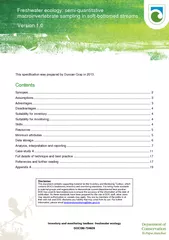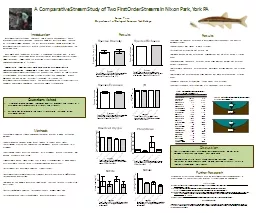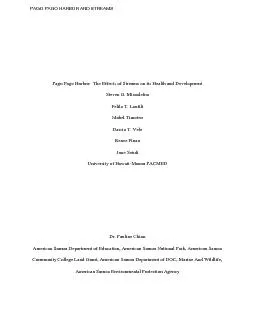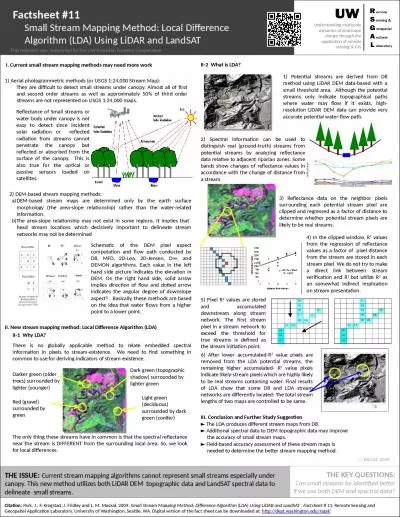PPT-Information Theory for Data Streams
Author : karlyn-bohler | Published Date : 2018-02-26
David P Woodruff IBM Almaden Talk Outline Information Theory Concepts Distances Between Distributions An Example Communication Lower Bound Randomized 1way Communication
Presentation Embed Code
Download Presentation
Download Presentation The PPT/PDF document "Information Theory for Data Streams" is the property of its rightful owner. Permission is granted to download and print the materials on this website for personal, non-commercial use only, and to display it on your personal computer provided you do not modify the materials and that you retain all copyright notices contained in the materials. By downloading content from our website, you accept the terms of this agreement.
Information Theory for Data Streams: Transcript
Download Rules Of Document
"Information Theory for Data Streams"The content belongs to its owner. You may download and print it for personal use, without modification, and keep all copyright notices. By downloading, you agree to these terms.
Related Documents














